Home>Ideas and Tips>Upgrading Your Home’s Basement With DIY Moisture Barrier
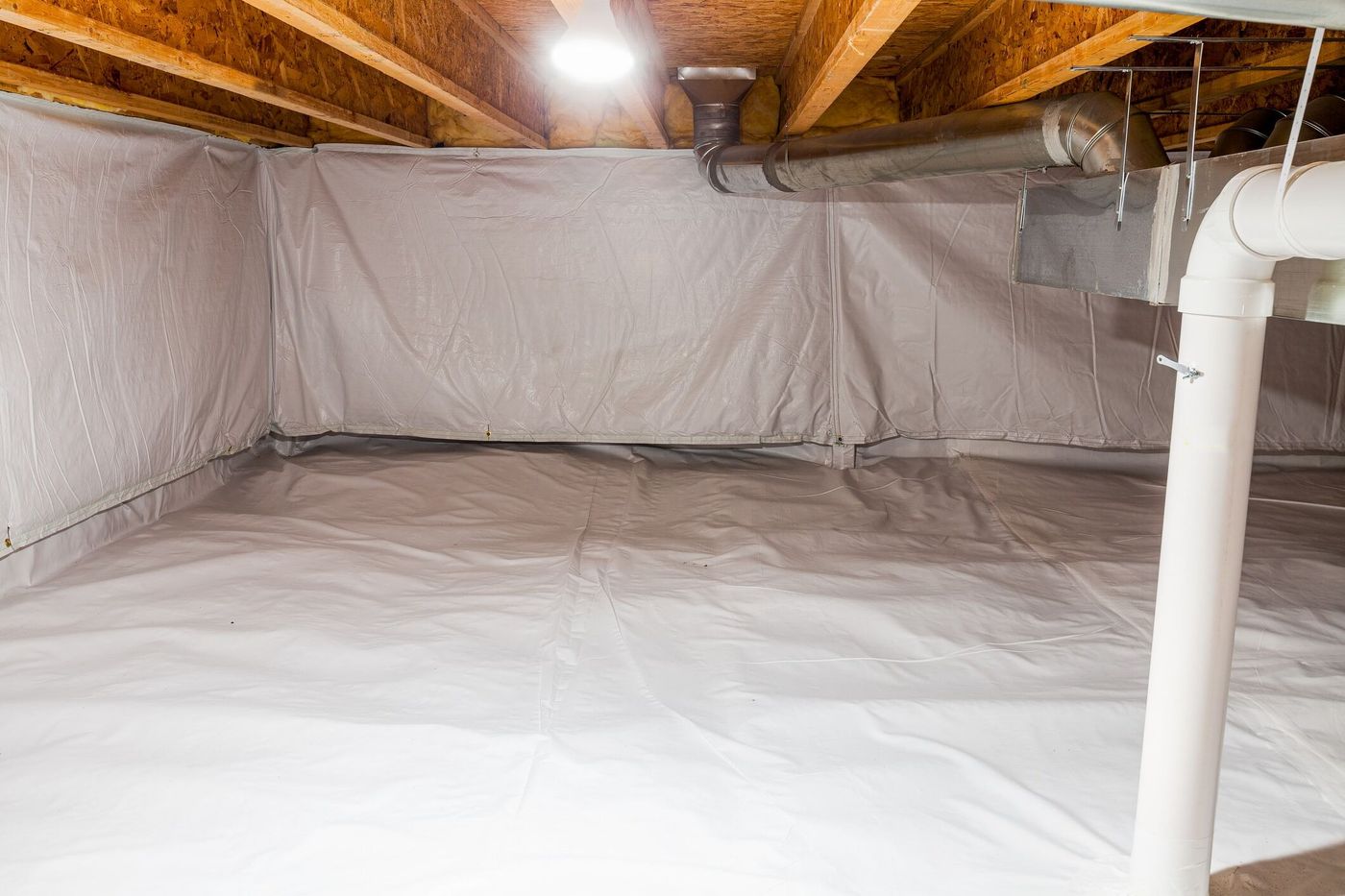

Ideas and Tips
Upgrading Your Home’s Basement With DIY Moisture Barrier
Published: September 20, 2024
Learn how to install a DIY moisture barrier in your basement to prevent mold, water damage, and improve insulation. Step-by-step guide included!
(Many of the links in this article redirect to a specific reviewed product. Your purchase of these products through affiliate links helps to generate commission for Storables.com, at no extra cost. Learn more)
Introduction
Basements are often the most neglected areas of a home, but they can also be the most problematic if not properly maintained. One of the primary concerns in basements is moisture, which can lead to mold, water damage, and structural issues. A vapor barrier is a crucial component in managing basement moisture and ensuring a dry, healthy space. In this article, we will guide you through the process of installing a DIY vapor barrier in your basement, highlighting the importance of proper installation and the benefits it provides.
Understanding Vapor Barriers
A vapor barrier is a layer of material designed to prevent moisture from entering a basement. It is typically made of plastic sheeting, such as polyethylene or polyurethane, which is stapled to the frame of the basement walls before they are finished with plaster or drywall. The primary function of a vapor barrier is to prevent moisture from penetrating the walls and causing damage.
Why You Need a Vapor Barrier
- Prevents Mold and Mildew: Moisture is the primary cause of mold and mildew growth in basements. By installing a vapor barrier, you can significantly reduce the risk of these issues.
- Reduces Water Damage: Excessive moisture can lead to water damage, which can be costly to repair. A vapor barrier helps to dissipate moisture and prevent water from entering the basement.
- Improves Insulation: A vapor barrier can also help keep a basement insulated and warm. This is particularly important in colder climates where maintaining a comfortable temperature is crucial.
- Enhances Air Quality: By controlling moisture levels, you can improve the overall air quality in your home. Excess moisture can lead to high dust mite populations and other allergens that circulate through the living space.
Choosing the Right Materials
When selecting materials for your DIY vapor barrier project, it's essential to choose the right type of plastic sheeting. Here are some common options:
- Polyethylene Sheet: This is one of the most commonly used materials for vapor barriers due to its affordability and effectiveness. It is available in various thicknesses, but 6 mil (0.15 mm) is a standard thickness for most applications.
- Polyurethane Sheet: This material is more durable than polyethylene and provides better insulation properties. However, it is generally more expensive.
- Smart Membranes: These membranes allow moisture to pass through both directions as needed, making them ideal for climates that experience extreme heat and cold.
Preparing Your Basement
Before installing a vapor barrier, it's crucial to prepare your basement by addressing any existing moisture issues:
- Check for Leaks: Ensure there are no leaks in the walls or floor of your basement. Fix any cracks or gaps to prevent further moisture intrusion.
- Clean the Area: Thoroughly clean the area where you will be installing the vapor barrier to remove any debris or dust.
- Inspect Insulation: Check if your insulation is properly installed and not compressed, which can reduce its effectiveness.
Installing the Vapor Barrier
Installing a vapor barrier is a straightforward process that can be completed with basic DIY tools:
Step-by-Step Guide
- Measure Your Walls: Measure the length and width of each wall in your basement to determine how much plastic sheeting you will need.
- Cut the Sheet: Cut the plastic sheeting to the required size using a utility knife or scissors.
- Apply Adhesive (Optional): If you're using a self-adhesive vapor barrier, apply it directly to the wall frame. Otherwise, use staples or tape to secure it.
- Overlap Seams: Ensure that any seams are overlapped by at least 6 inches and taped with waterproof seam tape to prevent moisture from seeping through.
- Secure the Barrier: Use staples or tape to secure the vapor barrier to the wall frame, ensuring it is tightly fitted without wrinkles or folds.
- Check for Gaps: Inspect the vapor barrier for any gaps or holes and seal them immediately.
Additional Considerations
- Insulation Enclosure: If you're using insulation that comes enclosed in a vapor barrier (such as fiberglass), ensure that this barrier is intact and not damaged during installation.
- Flooring Moisture Barrier: If you're installing new flooring, consider adding a moisture barrier below it to prevent water from seeping up through the floorboards.
Troubleshooting Common Issues
While installing a vapor barrier is generally straightforward, there are some common issues you might encounter:
-
Condensation Behind Vapor Barrier:
- If you notice condensation behind the vapor barrier, it could be due to poor insulation or inadequate ventilation. Consider removing the vapor barrier temporarily and inspecting the insulation for any damage or compression.
- If necessary, replace the insulation with a more moisture-resistant material like rock wool or spray foam.
-
Moisture Trapping:
- A vapor barrier should not trap moisture but allow it to evaporate freely. If you find that moisture is accumulating behind the barrier, consider removing it entirely and re-installing it correctly.
-
Drainage Issues:
- Ensure that your foundation is properly waterproofed from the outside by checking for any exterior drainage issues such as clogged gutters or improper grading around your home.
Finishing Your Basement
Once you've installed your vapor barrier effectively, you can proceed with finishing your basement:
- Insulate Walls: Add insulation to your walls if they are not already insulated. This will help maintain a comfortable temperature in your basement.
- Finish Drywall: Install drywall over the vapor barrier to create smooth walls for painting or finishing.
- Install Flooring: Choose flooring materials that are resistant to moisture such as laminate or tile.
- Add Lighting and Electrical: Install lighting fixtures and electrical outlets according to local building codes.
Conclusion
Installing a DIY vapor barrier in your basement is an essential step in managing moisture and preventing potential problems like mold, water damage, and structural issues. By following these steps and choosing the right materials, you can ensure a dry and healthy space that enhances both functionality and aesthetics of your home.
Remember that while a vapor barrier is crucial for moisture management, it should be part of a comprehensive approach that includes regular inspections for leaks, proper insulation installation, and adequate ventilation. With these tips and guidelines, you're well on your way to upgrading your home's basement with a reliable DIY moisture barrier solution.
Additional Resources
- Preventing Basement Moisture: Learn more about common issues related to basement moisture and how to address them effectively.
- Basement Insulation Tips: Discover expert advice on insulating your basement walls and floors for optimal comfort and energy efficiency.
- Basement Finishing Ideas: Explore various ideas for finishing your basement, including flooring options, lighting solutions, and decorative elements.
By taking these steps towards upgrading your home's basement with a DIY moisture barrier, you'll not only protect your investment but also create a more livable space that you can enjoy for years to come.
Was this page helpful?
At Storables.com, we guarantee accurate and reliable information. Our content, validated by Expert Board Contributors, is crafted following stringent Editorial Policies. We're committed to providing you with well-researched, expert-backed insights for all your informational needs.
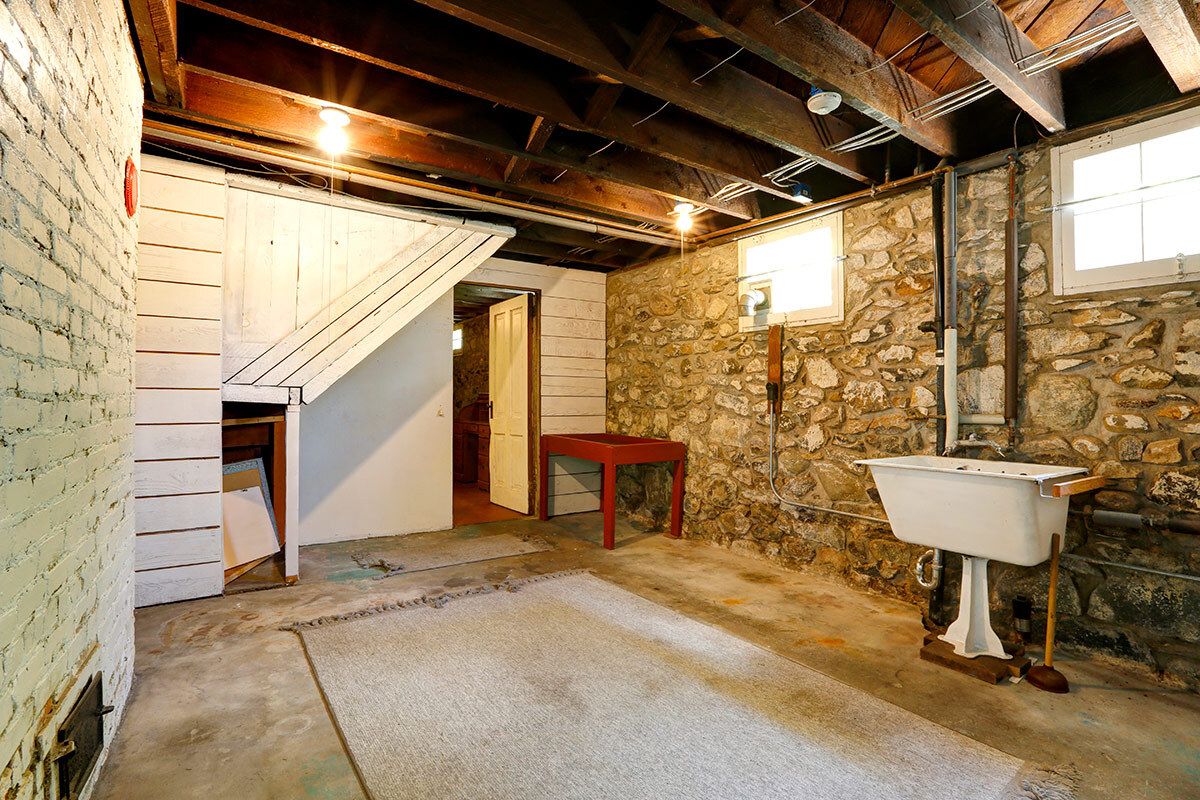
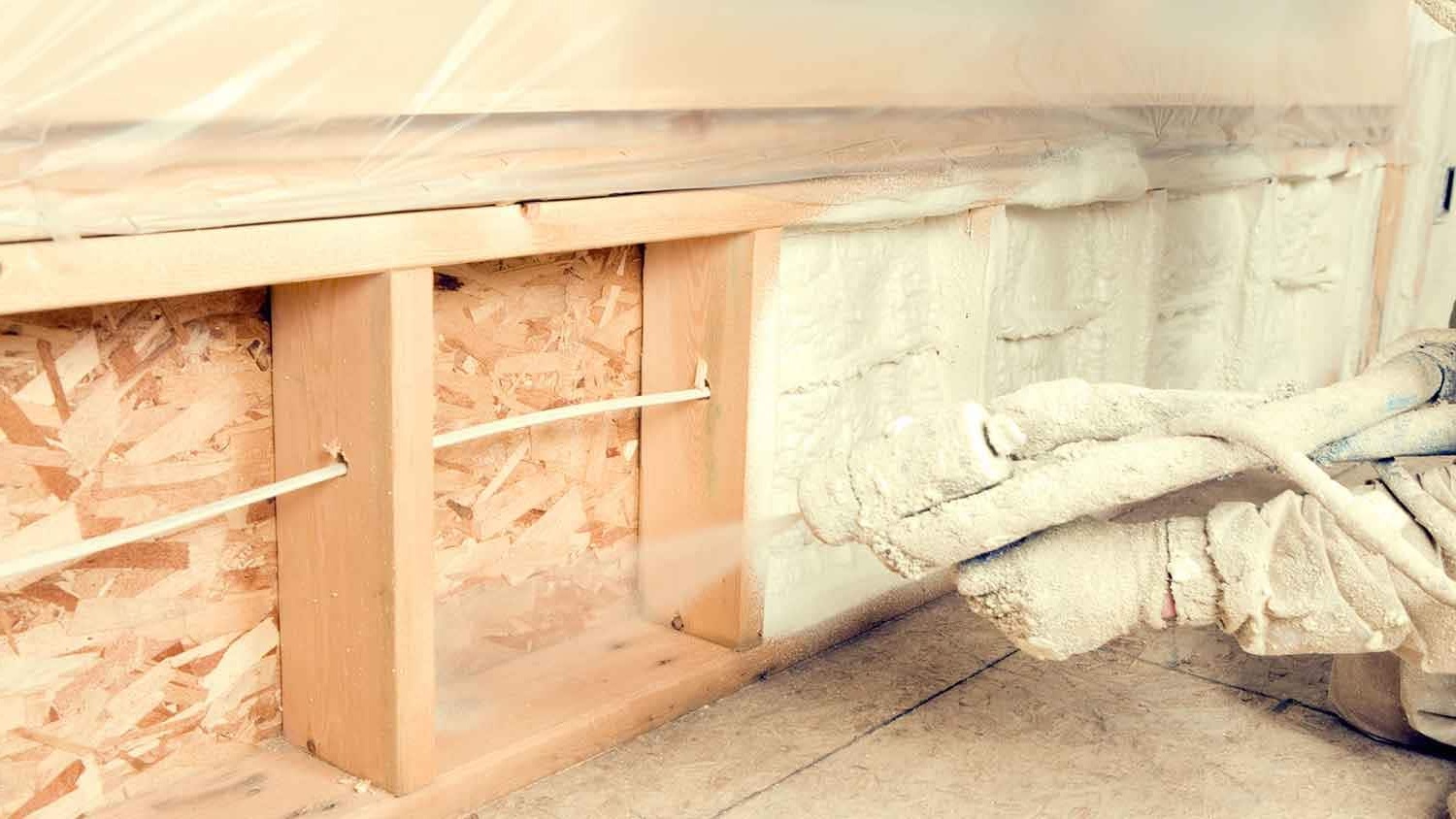
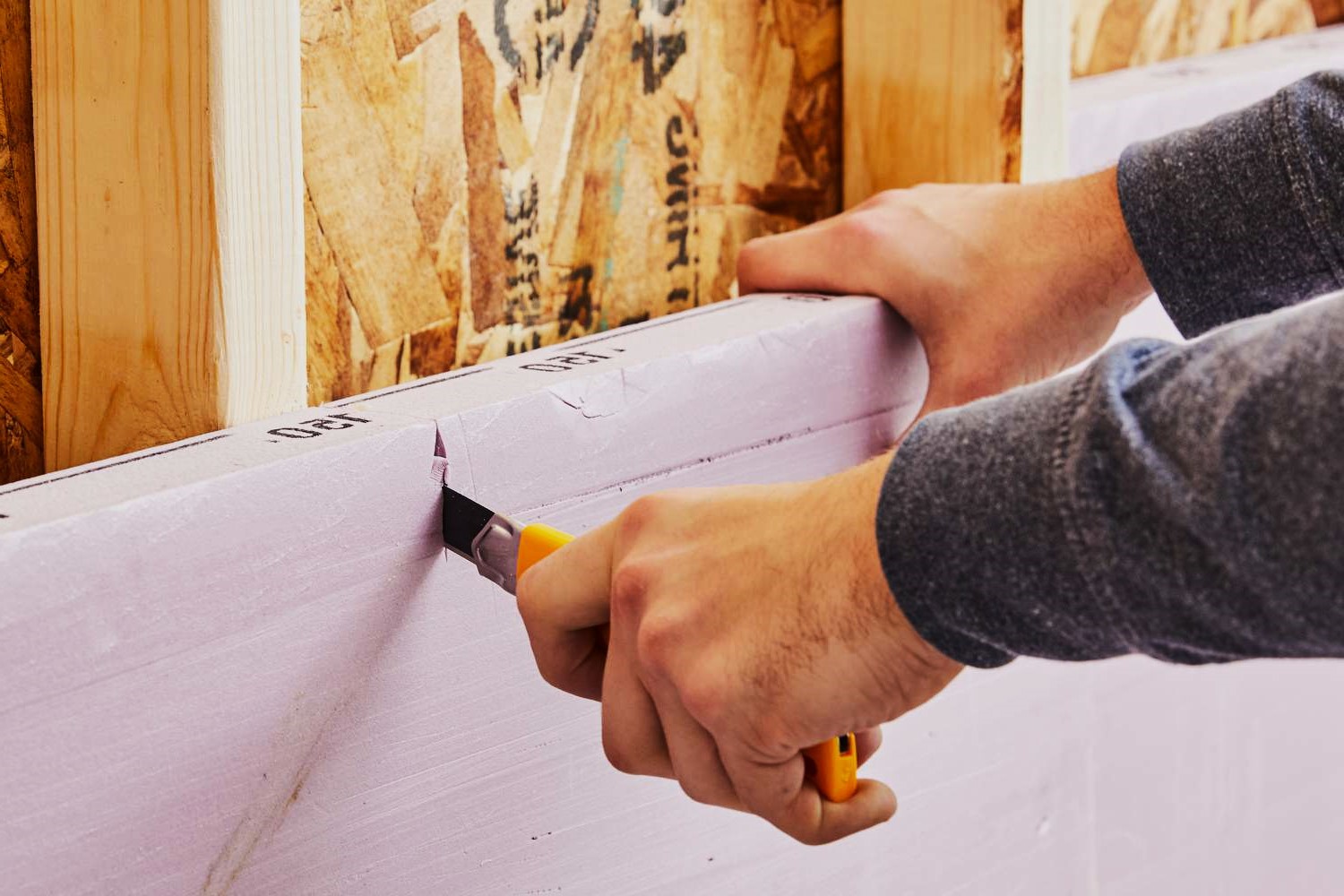
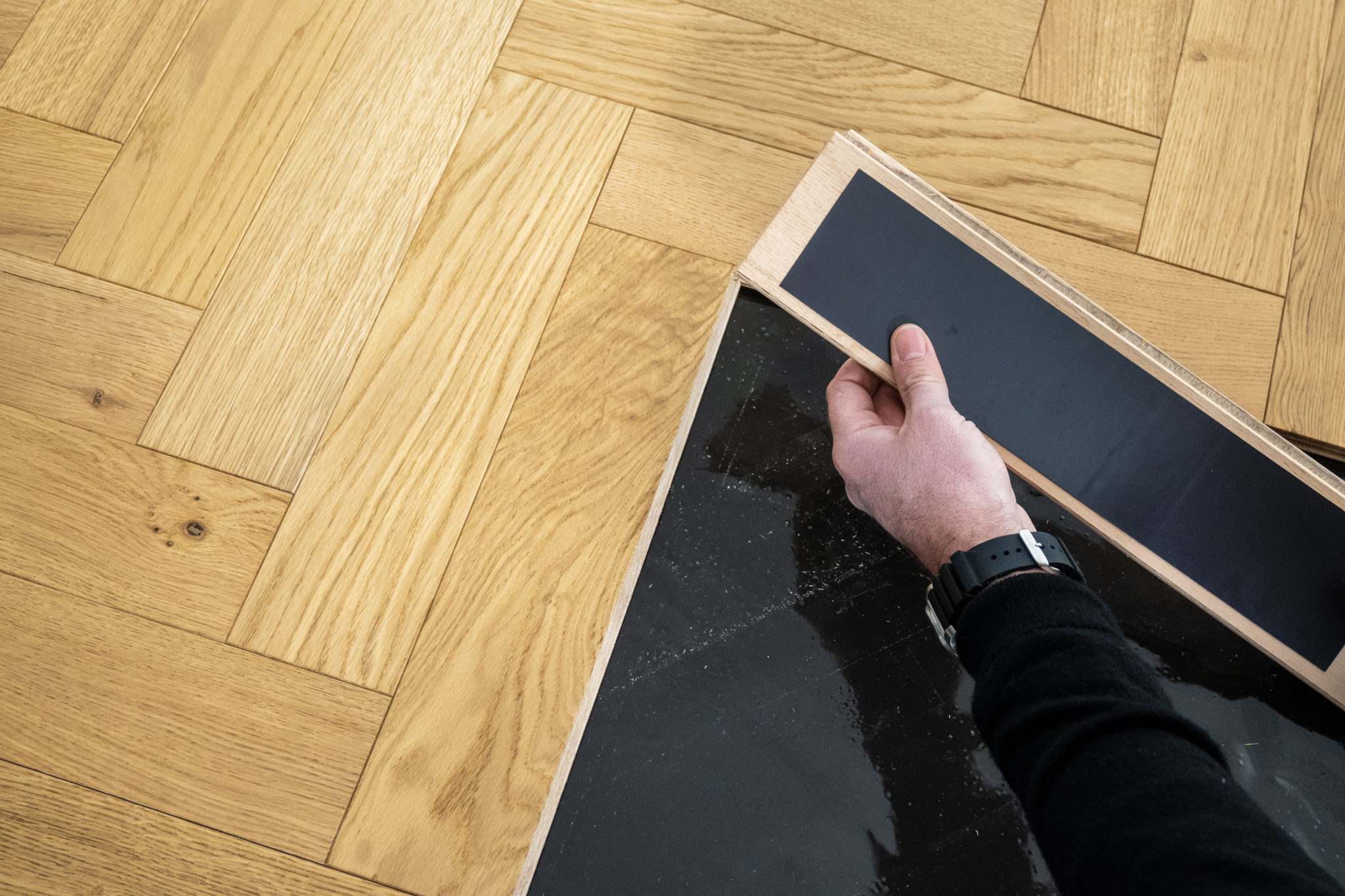
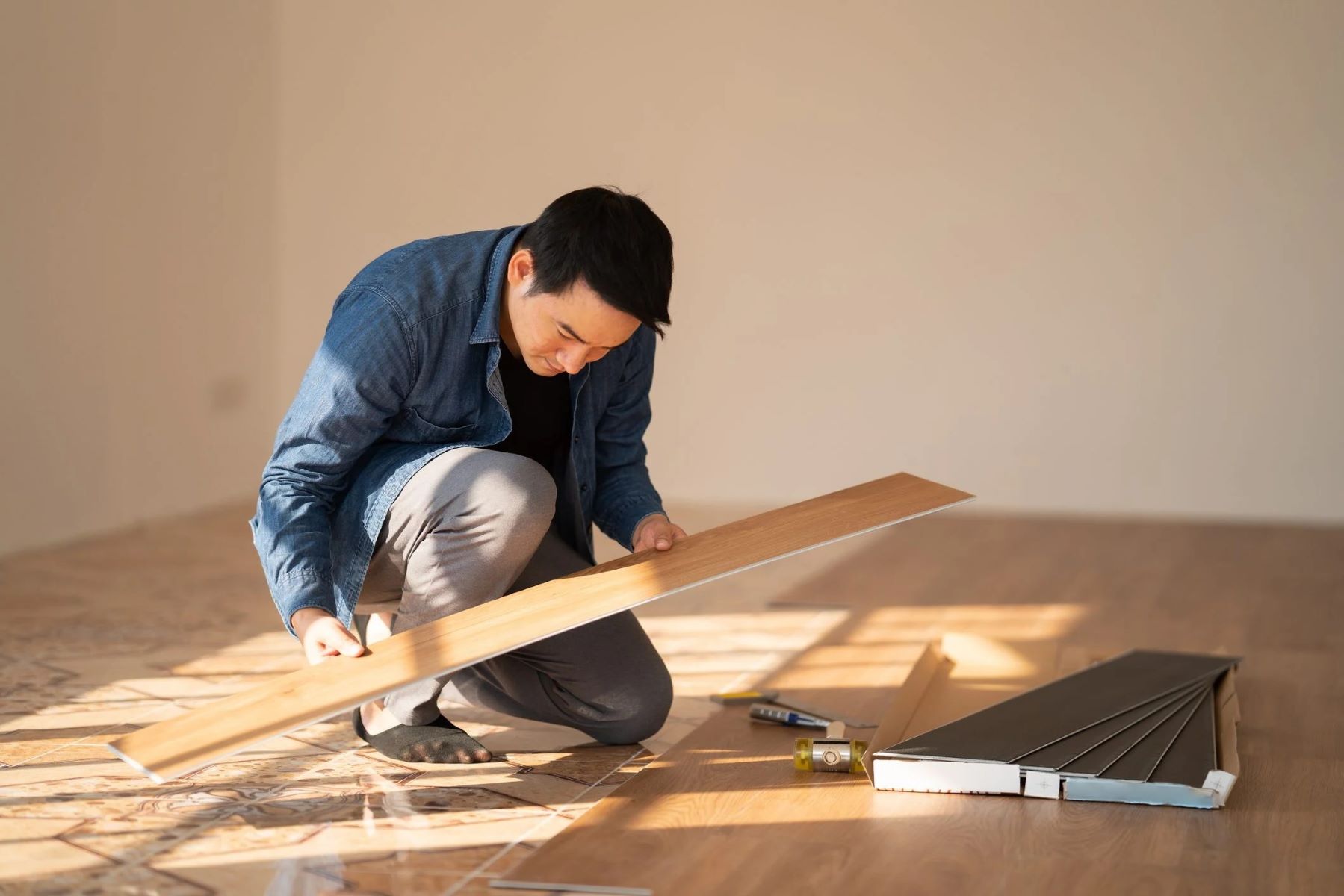
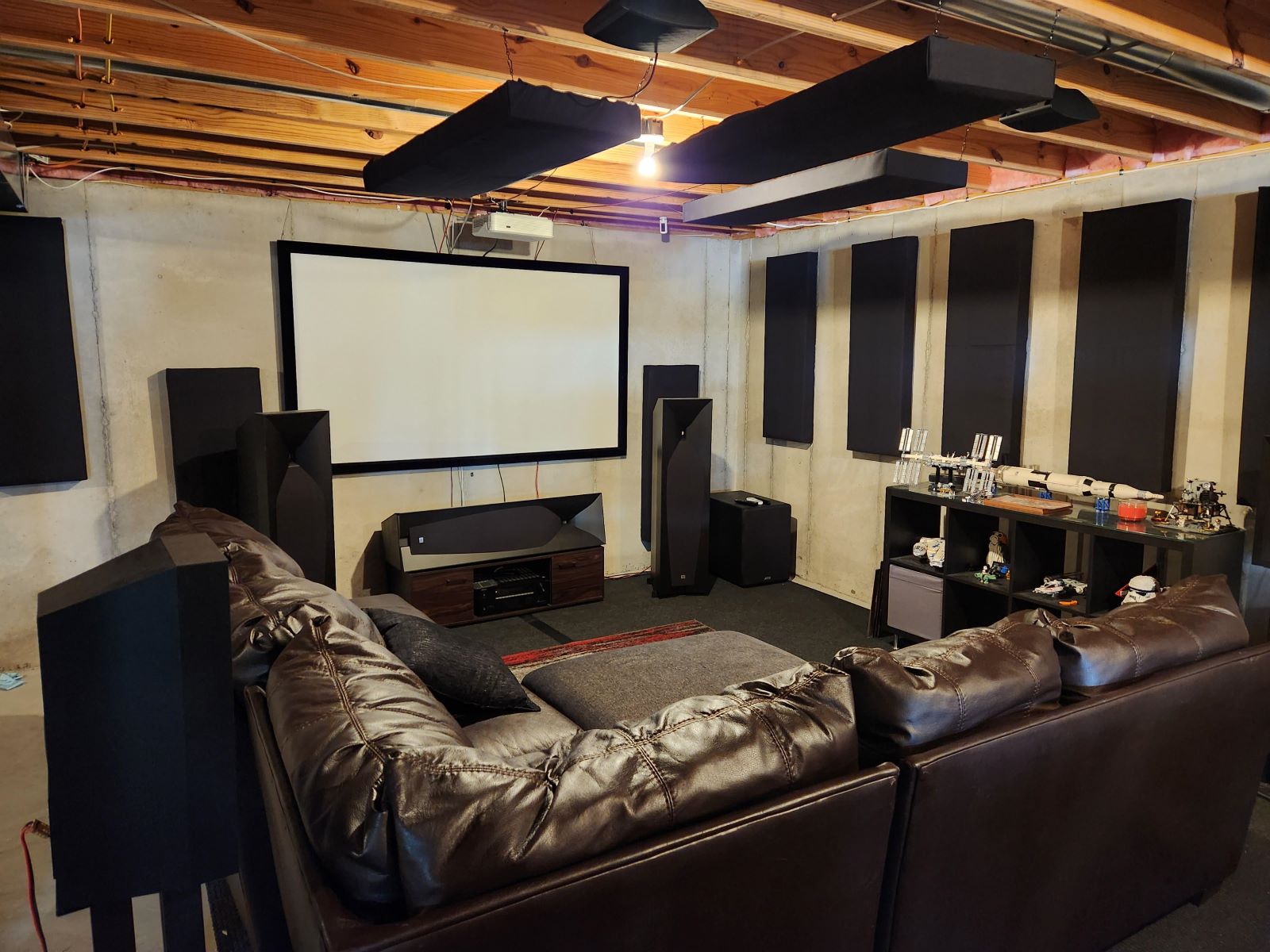
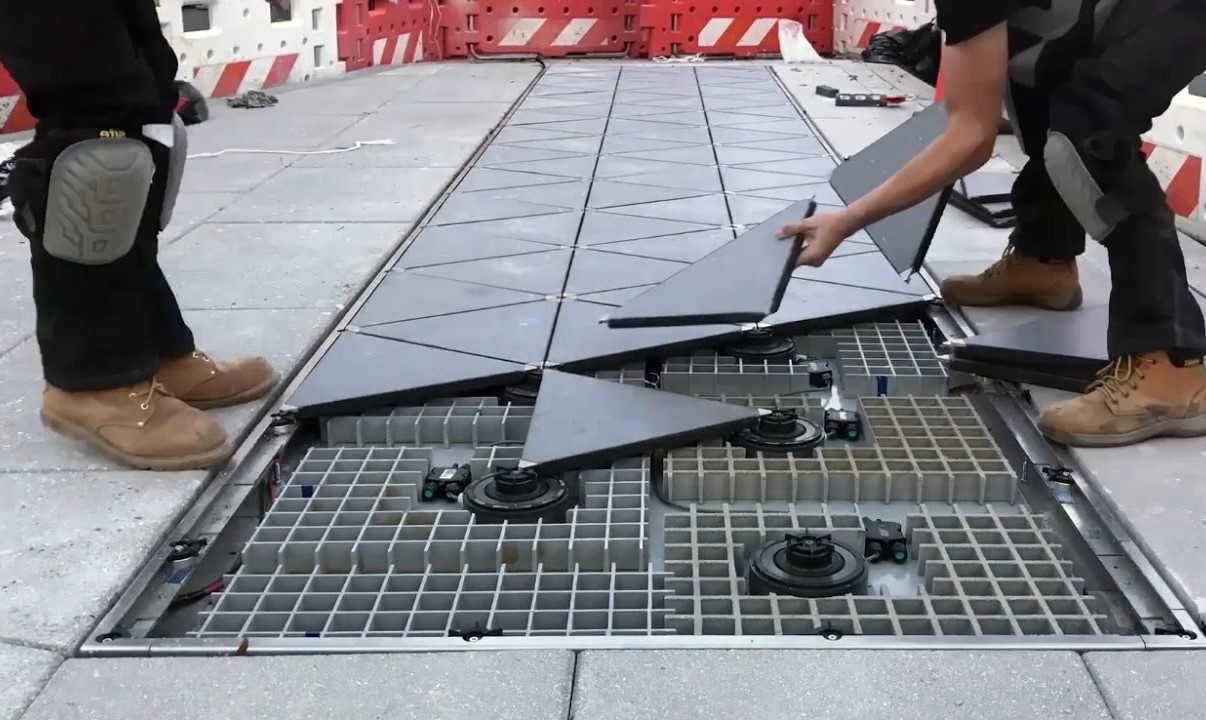
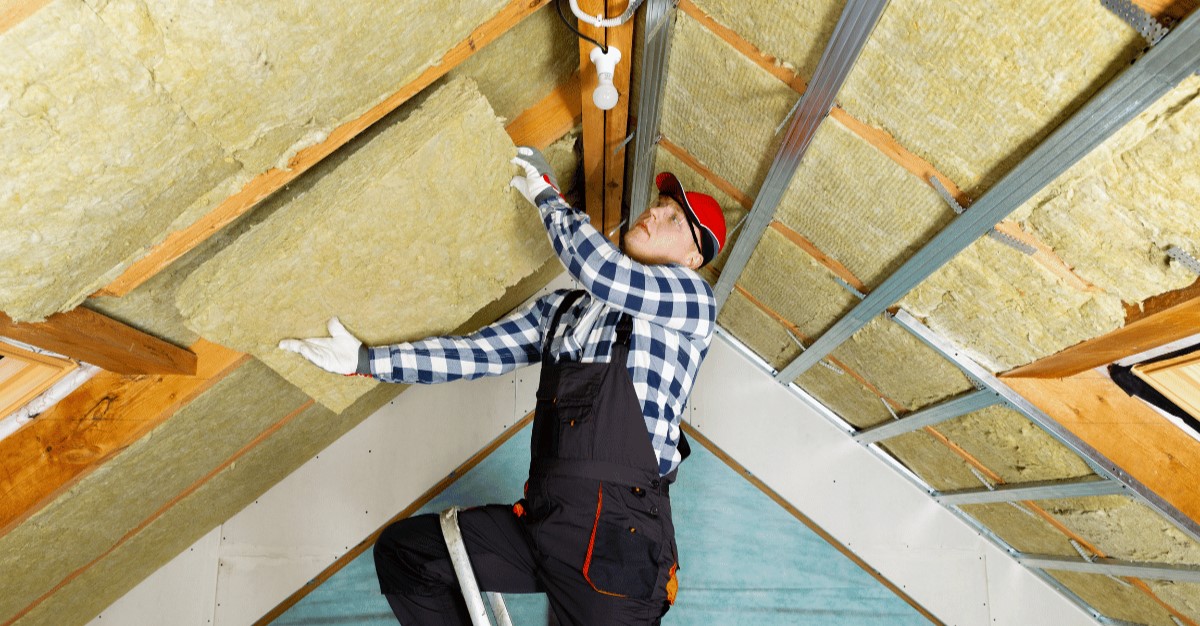
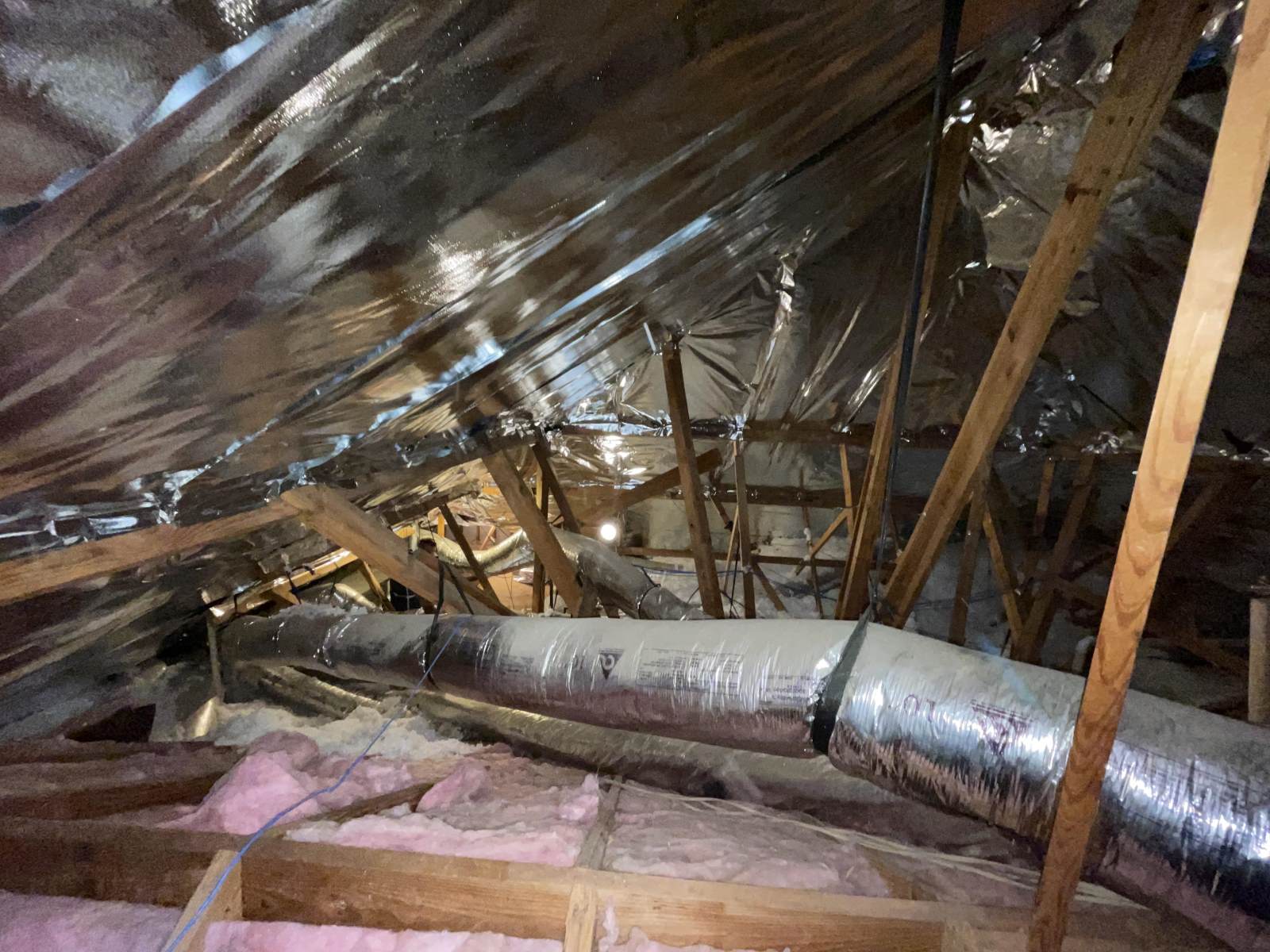
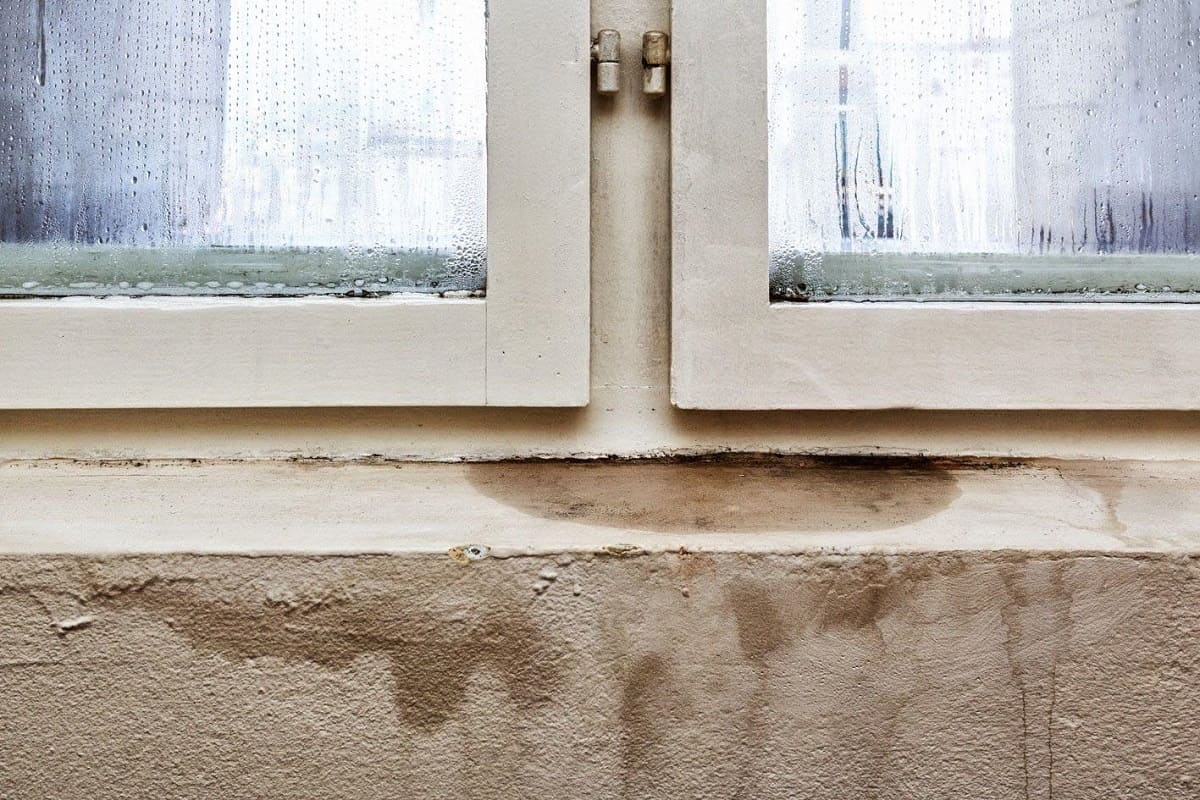


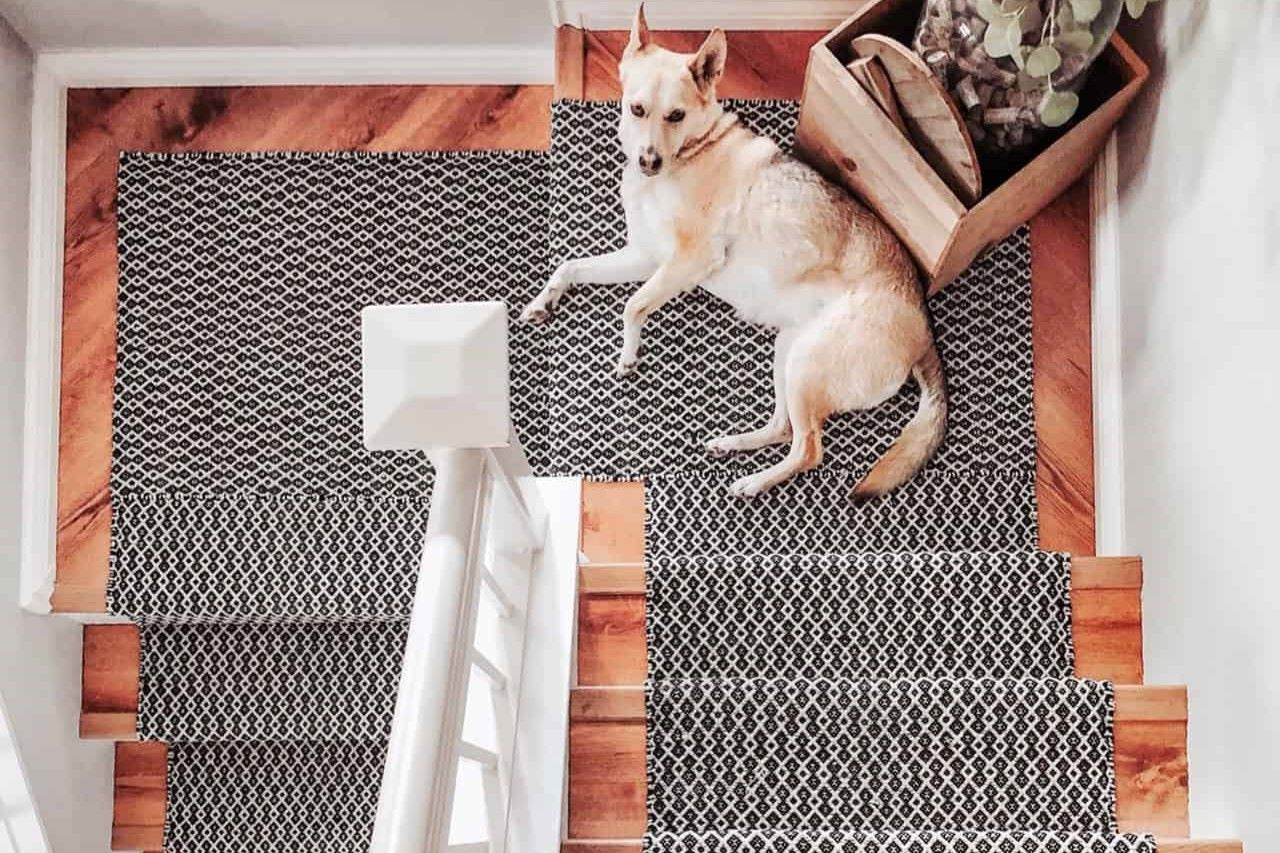

0 thoughts on “Upgrading Your Home’s Basement With DIY Moisture Barrier”